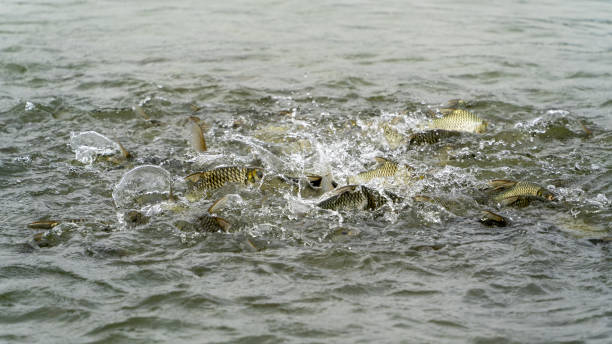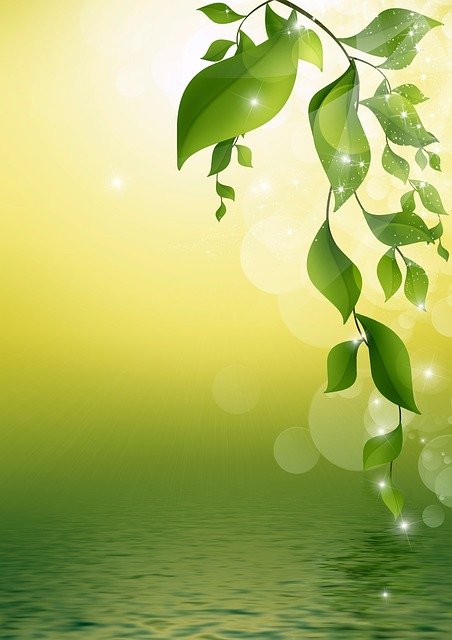Aquaculture and Environmental Protection: A Balance Between Development and Preservation
As the global demand for seafood rises, aquaculture—the practice of raising aquatic organisms—has emerged as a critical participant in this industry. There are worries about its effects on the ecosystem even though it offers a long-term remedy to overfishing. Nevertheless, if managed appropriately, aquaculture can promote economic growth while conserving the environment.
1-Sustainability
Sustainable seafood production is one of the many advantages of responsible aquaculture, which keeps fish in a controlled environment and lessens the impact on wild fish populations. In doing so, we can supply the world’s demand for seafood without destroying our natural resources, which is excellent news for sustainability.
2-Preserving Ecosystems
Regarding aquaculture, the best practices include keeping contaminants out of the water and reducing the disturbance to habitats. This ecosystem preservation aids biodiversity and the general condition of aquatic habitats.
Problems and Their Resolutions

1-Garbage Management
The correct handling of aquaculture waste presents a difficulty. Nevertheless, minimal influence on water quality is being ensured via waste-recycling activities and modern filtration systems.
2-Preventing Illnesses
The area’s ecosystem may be at risk if diseases spread from aquaculture facilities. The transmission of illnesses can be effectively prevented by implementing stringent biosecurity measures and using acceptable stocking volumes.
Summing Up
To sum up, aquaculture and environmental protection do not necessarily have an antagonistic relationship. Sustainable seafood production, ecosystem preservation, and effective waste management are some ethical practices aquaculture may implement to help fulfill global food demands without compromising the fragile balance of our aquatic environments. To ensure that development and preservation can coexist in the future, customers must back and demand appropriate aquaculture methods.

